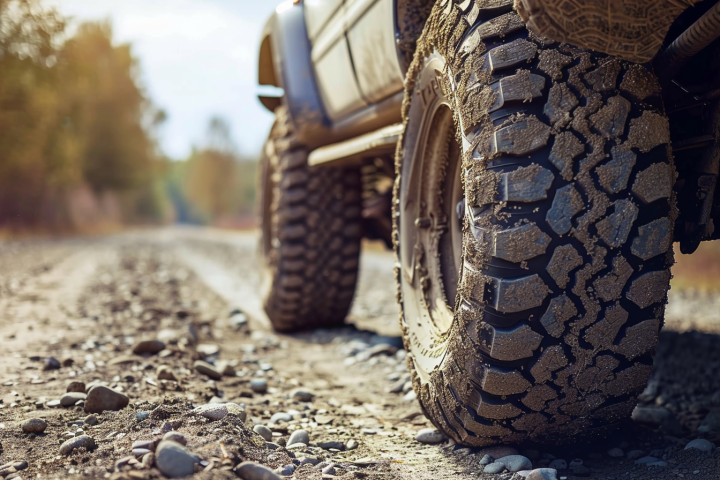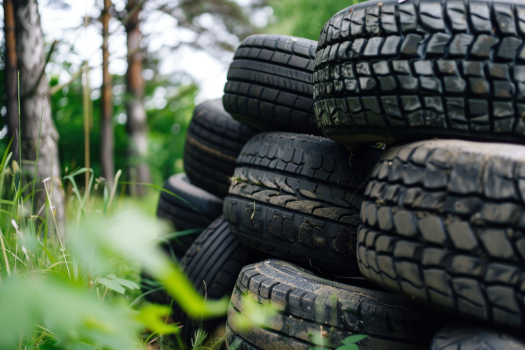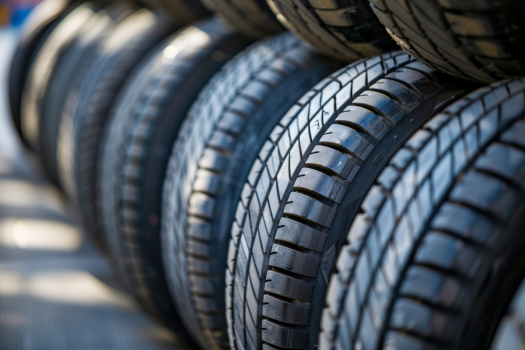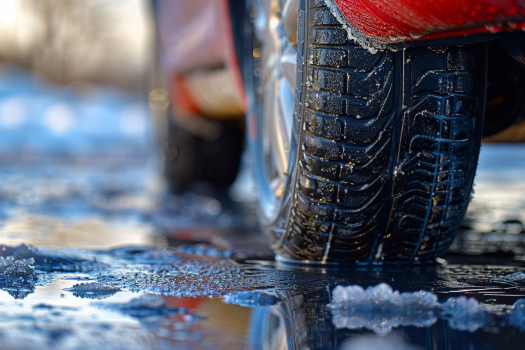Last Updated on April 21, 2024
Essential Tips for Dealing with Flat Tires and Staying Safe
Many people are gearing up for car travel to join family and friends with the holidays fast approaching. While vehicle maintenance before any more extended road trip is paramount, it is equally essential to be prepared for any unforeseen problems. Flat tires, breakdowns, and accidents happen to even the most careful drivers. Here are a few things to keep you safe and prepared for the worst.
Pack a Kit for Flat Tires and Other Emergencies
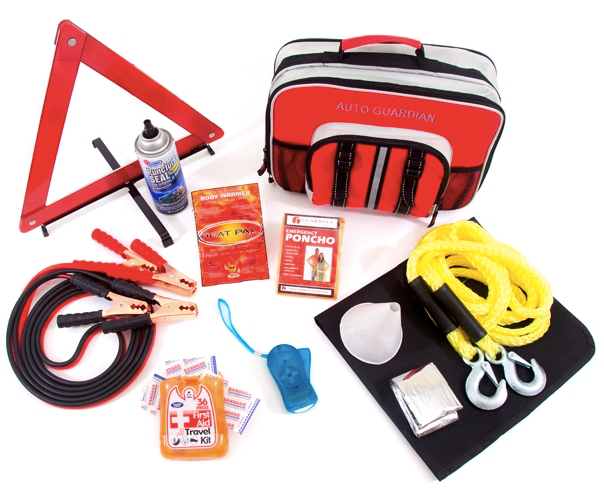
Before leaving home, ensure you carry emergency essentials and everything you need to change flat tires. DMV.gov suggests preparing an emergency kit that is tailored to your environment. After all, an ice scraper may not be the most helpful if you live in a warmer climate. The link provides a complete list, but here are the must-have basics:
- Flashlight with extra batteries
- First aid kit
- Bottled water and non-perishable snacks
- Reflective signs or flares
- Multipurpose tool
- Cell phone charger pack
- Jumper cables
If traveling in cold climates, a bag of sand or kitty litter, extra blankets, a tow rope, and packaged hand warmers could be helpful.
Check the Spare Tire and Tire Changing Equipment
We often neglect to think about the spare tire until we are stuck on the side of the road with flat tires. All late-model vehicles have tire pressure monitoring systems that detect low air pressure, but very few cars come standard on zero-pressure or run-flat tires. If your vehicle is not equipped with run-flat tire models, you will have a spare tire in the trunk or suspended under the ‘s rear car.
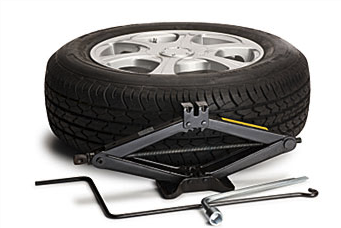
Before you leave home, check the tire to ensure it is properly inflated. In the event of flat tires, deflated spare tires don’t do us any good. The spare tire will also be useless if you don’t have the equipment to get flat tires off the vehicle. Ensure you have a working jack and the correct lug wrench size. Don’t forget to locate any wheel lock or special security adaptor for loosening the wheels off the vehicle.
Safety First
If you end up stranded with a flat tire on the side of the road, you can call for help or change the tire yourself. In either case, pull the vehicle as far over onto the shoulder of the road as possible. Avoid stopping the car on a corner or bend in the road where you are not easily seen by drivers coming from either direction.
Place reflective signals or flares up to 100 yards behind the vehicle to ensure other drivers see you in the lane closest to you. If there is space and traffic permits, proceed with changing the tire as quickly as possible. If you are stuck on the side of a busy, high-speed highway, consider waiting for the wrecker to arrive.
In most cases, having the vehicle moved to the nearest garage, where a professional can install the spare, is safer. Many new cars come with emergency road service for some time, and even the basic AAA memberships include free towing. If you have these programs, consider calling for service before attempting to change the tire yourself.
Conclusion
Being prepared for flat tires is a vital aspect of road safety. Whether knowing how to change a tire, understanding the risks associated with flat tires, or being cautious with run-flat tires, taking these precautions can make a significant difference in your safety and peace of mind while on the road.
Ready to ensure your vehicle’s tire safety?
Visit Tire Easy today to explore our wide selection of reliable tires and accessories. Don’t let a flat tire catch you off guard – equip your vehicle for a safer journey!
Heading out for the holidays can be stressful, but being prepared on as many fronts as possible can help ease the ride. If you have any concerns about the condition of your tires or need new tires, check out www.tires-easy.com. We have the best prices on tires and a lot of other helpful information about tires and tire safety.
FAQs
How do you prepare for a flat tire?
To prepare for a flat tire, ensure your vehicle has a spare tire, jack, lug wrench, and a flashlight with fresh batteries. Familiarize yourself with the tire-changing process by reading your vehicle’s owner’s manual. Regularly check tire pressure and inspect tires for damage, replacing them if needed. Consider carrying a tire repair kit and a portable air compressor for minor repairs.
What precautions should be taken with run-flat tires?
While run-flat tires can be driven for a limited distance after a puncture, they must not push them beyond their specified limits. Maintain proper tire pressure, as underinflation can affect the tire’s ability to run flat. Monitor the tire pressure monitoring system (TPMS) and promptly address any alerts. If you have run-flat tires, carry spare and necessary tools, as not all tire damage is repairable.
Can you drive on a flat tire in an emergency?
Sometimes, you can drive on a flat tire in an emergency, but it’s not recommended. Going on a flat tire can damage the wheel and compromise safety. If you have run-flat tires, follow the manufacturer’s guidelines for driving with a flat. Otherwise, it’s safer to promptly pull over to a secure location and address the flat tire or call for roadside assistance.
What are the risks of a flat tire?
Flat tires can pose several risks, including loss of control while driving, damage to the wheel, and accidents. They can leave you stranded on the roadside, especially in remote areas. Running on a flat tire can also cause irreversible damage to the tire itself. Proper maintenance and preparedness can help mitigate these risks.




